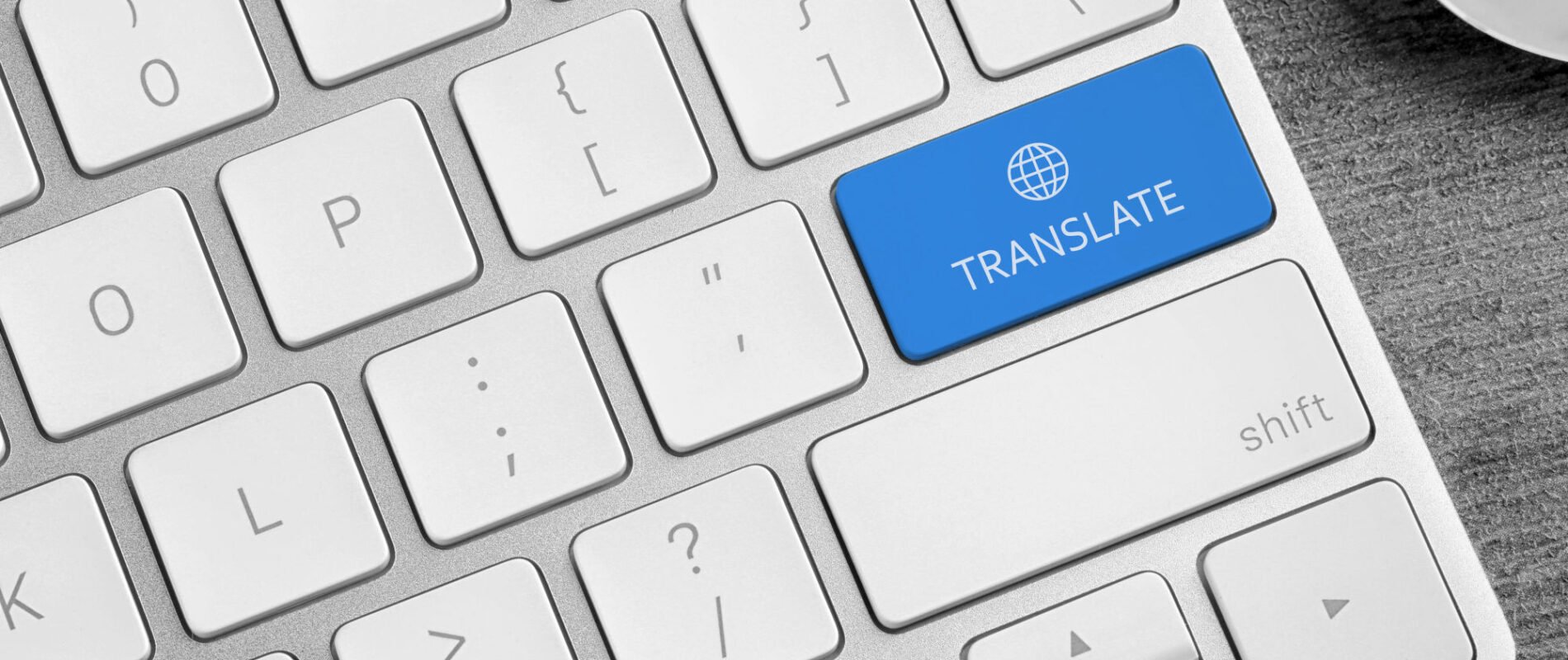Planning a multilingual event can feel like navigating a maze, especially when you're juggling tight schedules, diverse audiences, and the need for crystal-clear communication. Whether it's a high-stakes legal hearing, a medical consultation with international experts, or a corporate conference spanning continents, the choice between simultaneous and consecutive interpreting often makes or breaks the experience. But how do you decide which one fits your needs? Let's break it down step by step, drawing on real-world insights to help you make an informed call.
Understanding the Basics: Definitions and Processes
First off, simultaneous interpreting is what you might picture in a United Nations assembly—interpreters working in real-time, translating the speaker's words almost instantly through headsets. The process involves interpreters listening and speaking at the same time, usually from a soundproof booth. They relay the message in the target language with just a few seconds' lag, allowing the event to flow without interruptions. This demands razor-sharp focus and often requires interpreters to team up, switching every 20-30 minutes to avoid fatigue.
On the flip side, consecutive interpreting happens in segments. The speaker pauses after a few sentences or a key point, giving the interpreter time to translate what was said. There's no overlap; it's a back-and-forth rhythm where notes play a big role—interpreters jot down symbols or shorthand to capture nuances accurately. This method can double the event's length but shines in settings where precision trumps speed.
The core difference boils down to timing and flow: simultaneous keeps things moving at a natural pace, while consecutive builds in reflective pauses that can enhance understanding.
When to Use Each: Real-World Scenarios
Your event's scale and nature should guide your choice. For large-scale gatherings like international conferences or webinars with hundreds of attendees, simultaneous interpreting is the go-to. Think of a global tech summit where speakers from Europe, Asia, and the Americas present back-to-back—pausing for translations would grind the agenda to a halt. It's also ideal for live broadcasts or hybrid events, ensuring everyone stays engaged without missing a beat.
Consecutive interpreting, however, thrives in more intimate or interactive setups. In a courtroom during a legal deposition, for instance, where every word carries weight and cross-examination requires exact recall, the pauses allow for meticulous accuracy. The same goes for medical consultations involving non-native speakers—doctors can clarify details on the spot, reducing the risk of miscommunication in sensitive health discussions. Small business negotiations, like sealing a deal with overseas partners, also benefit from this approach, as it fosters dialogue and builds trust through deliberate exchanges.
A study from the University of Calgary examined interpreting accuracy in legal settings, finding that consecutive modes achieved 95% and 98% accuracy rates in trials, compared to 87% and 83% for simultaneous. This underscores why consecutive often edges out in high-precision environments.
Logistics and Tech: What You'll Need to Prepare
Don't underestimate the backend work—both services require planning, but their demands differ sharply.
For simultaneous interpreting, equipment is non-negotiable. You'll need booths for interpreters (to block out noise), microphones, headsets for the audience, and possibly infrared or digital transmission systems. If it's remote, platforms with built-in channels for multiple languages come into play. Interpreters typically work in pairs per language pair, and providing scripts or slides in advance is crucial— it can boost accuracy by up to 20%, based on industry benchmarks. Budget for tech setup early, as costs can add up quickly.
Consecutive setups are simpler: often just a notepad, a microphone for amplification in larger rooms, and perhaps a recording device for reference. No booths needed, which makes it more portable and cost-effective for on-site visits. Still, prep materials matter here too—sharing agendas or key terms beforehand helps interpreters anticipate jargon, especially in specialized fields like law or medicine.
Market data highlights the growing demand for these services. The overall interpreting industry hit $10 billion in 2022 and is projected to reach $10.7 billion by 2023, with remote simultaneous interpreting claiming a 30% market share due to its efficiency in virtual events. Meanwhile, the simultaneous interpretation segment alone is expected to grow from $2.5 billion in 2024 to $5.2 billion by 2033, reflecting the surge in global collaborations.
Making the Right Choice: Tailoring to Your Needs
Ultimately, the best service aligns with your event's goals—speed and seamlessness for simultaneous, depth and accuracy for consecutive. But blending elements, like using consecutive for Q&A sessions in a mostly simultaneous conference, can offer the best of both worlds.
That's where experienced providers make all the difference. Take Artlangs Translation, for example—they've honed their expertise over years in translation services across 230+ languages, specializing in video localization, short drama subtitles, game localization, and multilingual dubbing for audiobooks. With a track record of successful cases, from localizing blockbuster games to dubbing educational content for global audiences, they bring that same precision to interpreting. Their teams understand the nuances of cultural adaptation, ensuring your event doesn't just translate words but conveys intent flawlessly.
If you're weighing options for your next multilingual meeting, legal session, or medical roundtable, reach out to a specialist like the Artlangs team. They'll assess your setup, audience, and objectives to recommend the perfect fit—potentially saving you time, money, and headaches. Drop them a line today and turn your event into a smooth, inclusive success.











